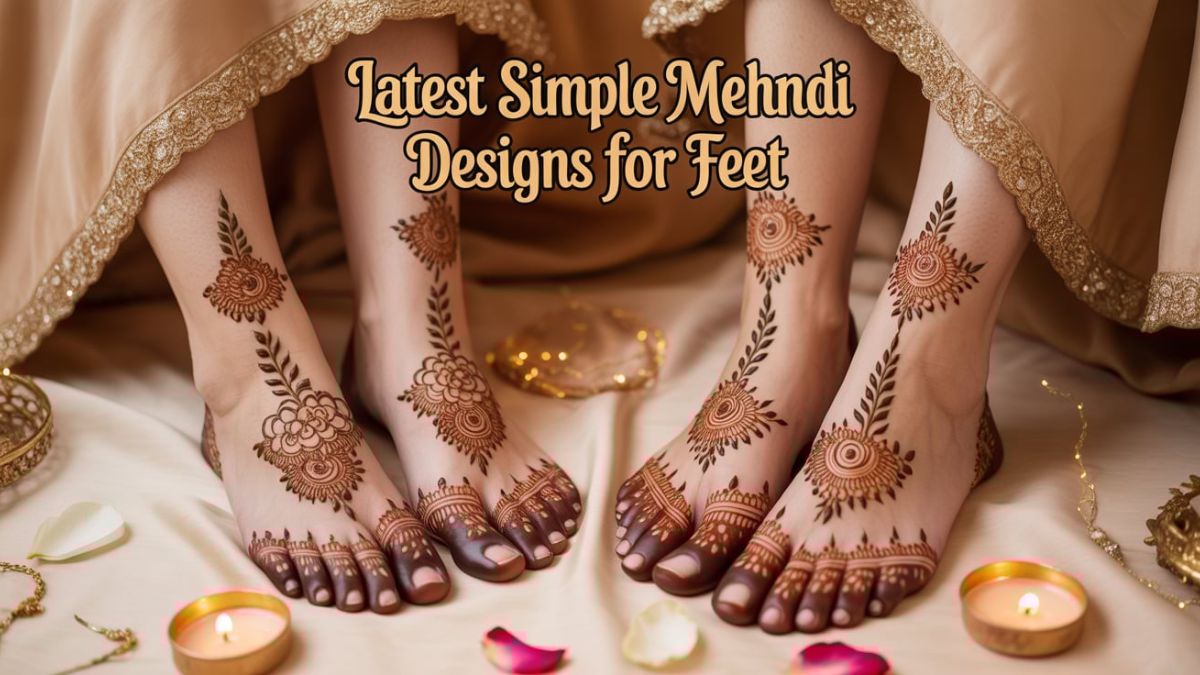


6
Mehndi on hands always steals the spotlight, but decorating the feet with henna has deep beauty, tradition, and style. In this article you’ll find fresh, Latest Simple Mehndi Designs for Feet that feel current, easy to apply, and gorgeous on their own. Whether you’re a bride or someone who loves minimal body art, you’ll get ideas, techniques, and care tips you can use right away .Latest Simple Mehndi Designs for Feet.
Introduction
Latest Simple Mehndi Designs for Feet refer to elegant and minimal henna patterns created on the feet using fine lines, floral motifs, and delicate shapes. These designs highlight beauty with simplicity, blending traditional art with modern aesthetics. They’re perfect for weddings, festive occasions, or even casual wear, offering a neat and graceful look without too much complexity. Latest Simple Mehndi Designs for Feet .
In recent years, this style has become a favorite among brides and fashion lovers who want to keep things classy yet effortless. Its charm lies in how it enhances the feet beautifully without overwhelming the natural skin tone or footwear.
From floral trails and mandalas to anklet-style patterns and minimalist vines, the latest simple mehndi designs for feet come in endless creative forms. Whether you prefer a soft touch or something slightly bold, these designs offer the perfect balance of tradition, elegance, and trend—making every step look stunning and graceful. Latest Simple Mehndi Designs for Feet.
The Significance of Applying Mehndi on Feet
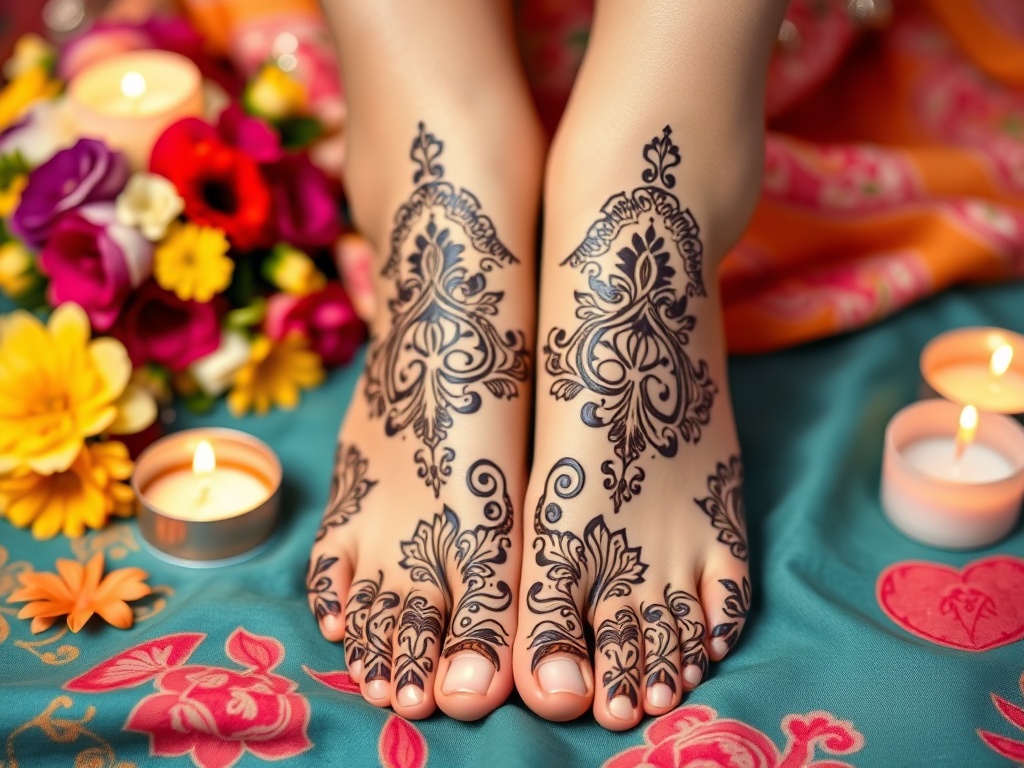
Putting henna designs on feet is not just trendy—it ties into ritual and aesthetics. Here’s what makes mehndi on feet meaningful:
- Cultural & ritual role: In many traditions, the bride’s feet are decorated to bring good luck, prosperity, and a blessed start to her married life.
- Spiritual symbolism: Feet connect you to the earth; decorating them often symbolizes grounding and purity.
- Aesthetic balance: Feet mehndi balances the overall bridal look, especially in lehengas, sarees, and outfits that show ankles and toes.
- Regional variations: In Arabic, Indian, and Pakistani styles, foot mehndi adapts motifs—from sparse vines to full legs.
- Modern trend: Brides now prefer simple, elegant foot mehndi designs rather than heavy full-leg art, to avoid smudging and maintain comfort.
Factors to Consider Before Choosing a Foot Mehndi Design
Before picking a design, think through these details—they affect how your mehndi looks and lasts:
| Factor | Why It Matters | How to Decide |
| Skin tone / contrast | Mehndi color shows differently on fair vs dusky skin | For fair skin, richer stain helps; for dusky skin, ensure the paste is fresh |
| Event type | Bridal mehndi might need more coverage than casual occasions | Weddings → richer designs; festivals → moderate; everyday → minimal |
| Time & complexity | Some patterns require hours; others are fast | If short on time, stick with minimalist or anklet styles |
| Placement & visibility | Heel, toes, top, sides—what part will show? | Plan based on footwear and outfit |
| Symmetry & pairing | Matching left & right feet can be tricky | Use simple motifs or repeating elements to keep balance |
Also, ask your mehndi artist (or if doing yourself) what works best with your skin type, climate, and time constraints.
Trending & Simple Mehndi Designs for Feet
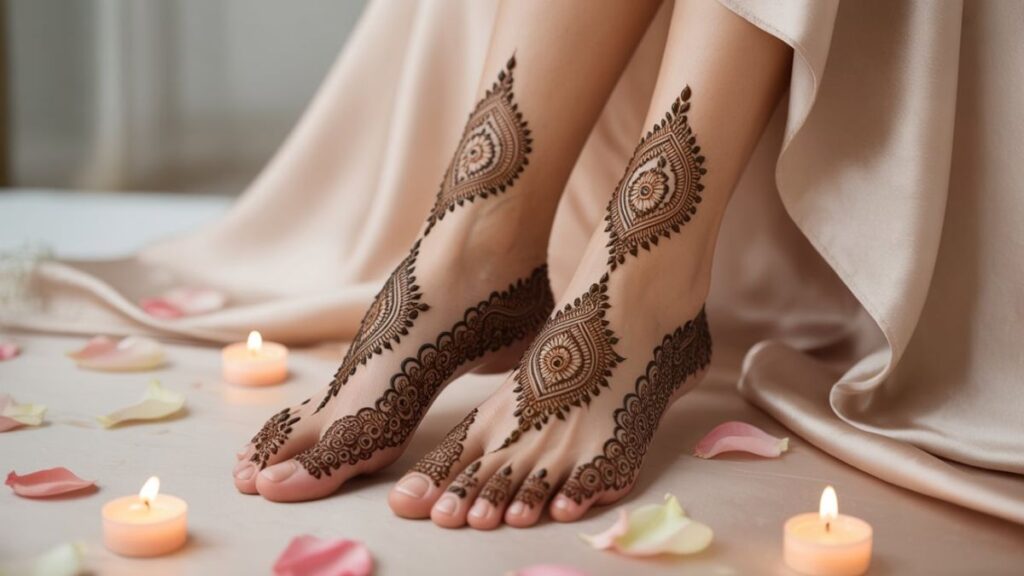
Here are the latest styles people love in 2025. Each section includes design ideas, tips, and ways to customize.
Floral Mehndi Designs for Feet
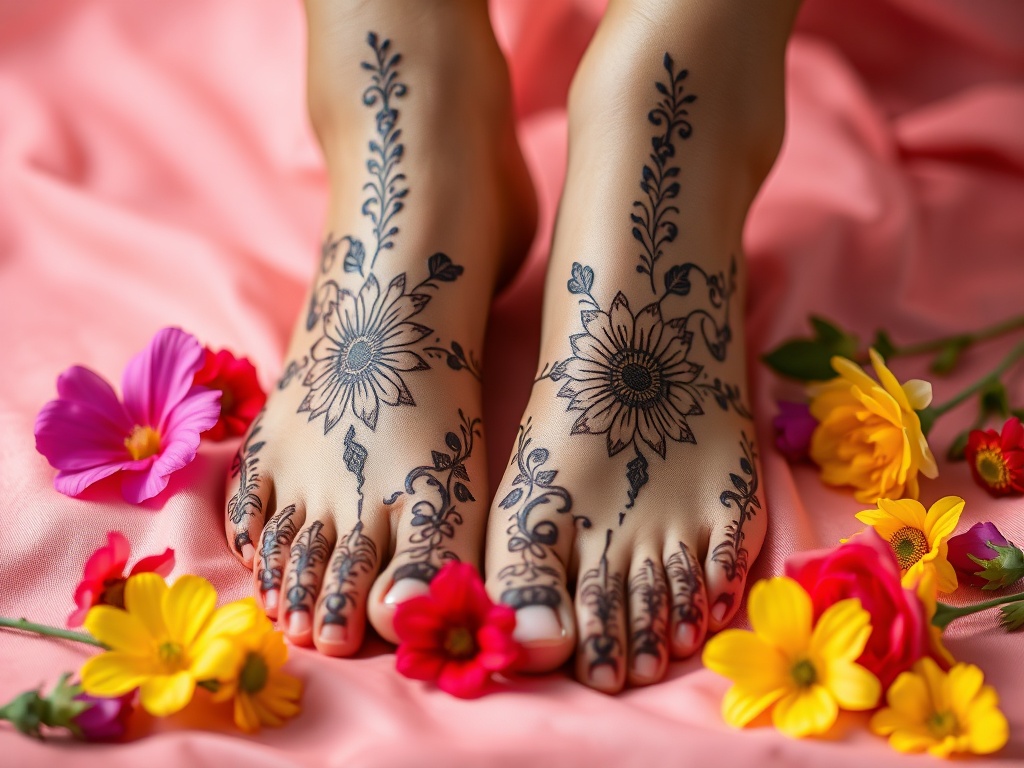
Floral motifs remain timeless. Use roses, vines, petals, and leaves to create feminine mehndi patterns that flow along the foot.
- Why floral? Nature-inspired designs complement bridal outfits and sense of softness.
- Where to place? On the tops of feet, sides, or wrapping ankles.
- Variation idea: Combine a central rose motif with vine trails to the toes.
“A single rose with vine accents lets the design breathe.”
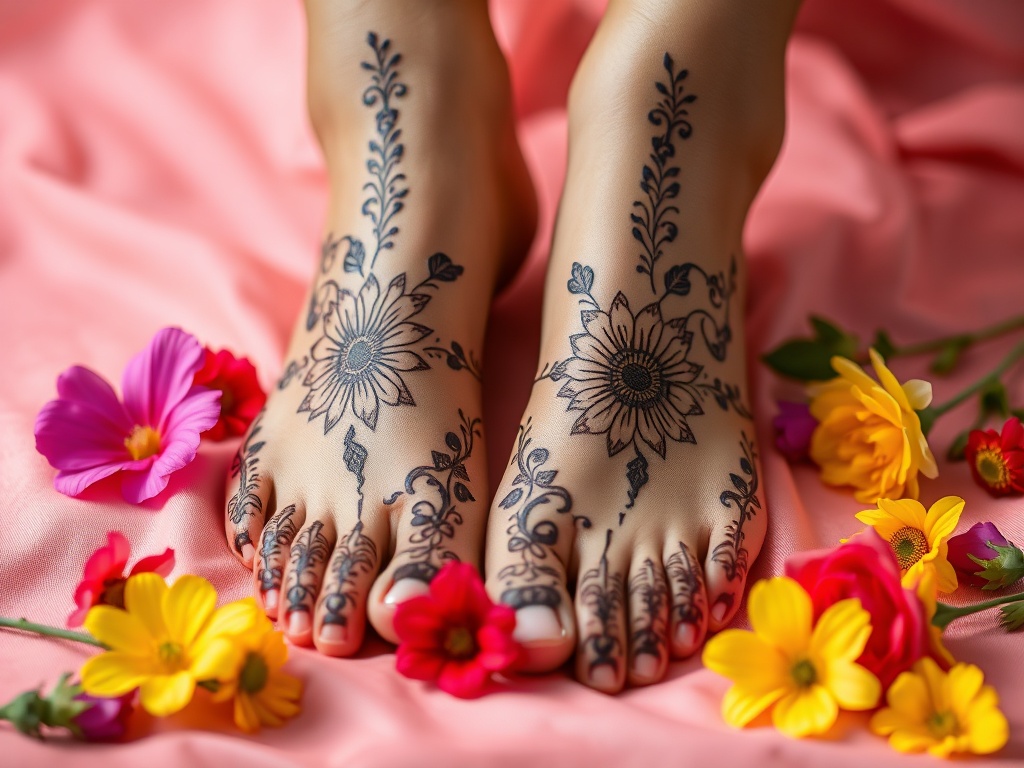
To simplify, use one or two central flowers and small leaf elements—avoid overfilling with dense patterns.
Mandala Mehndi Designs for Feet
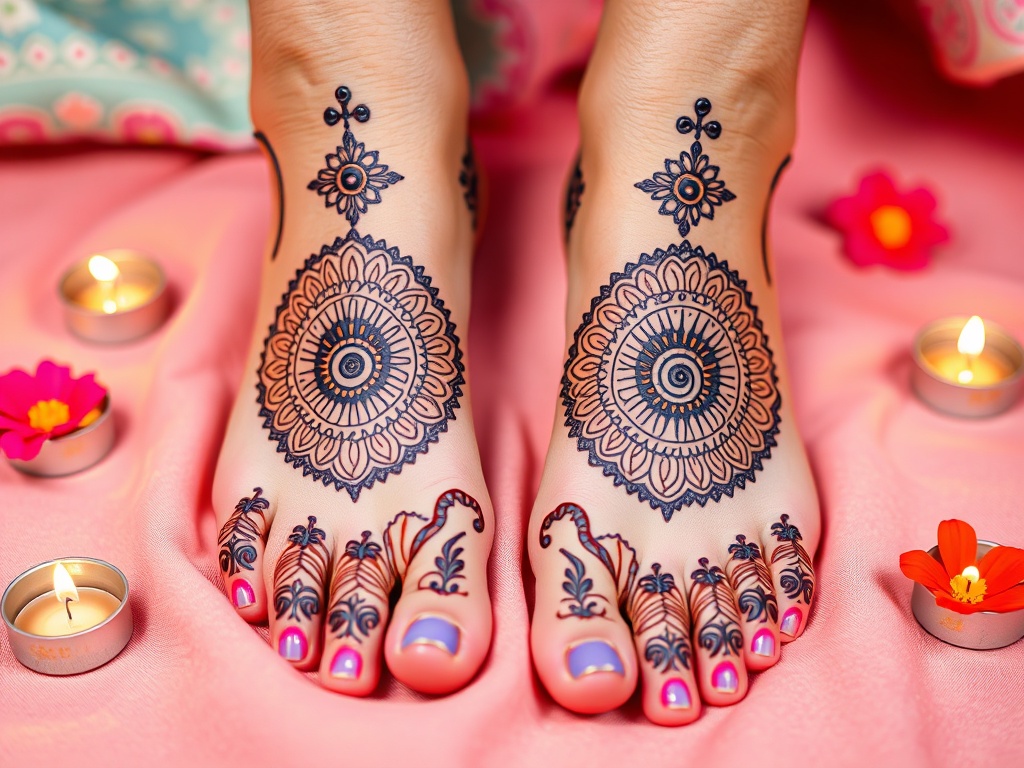
Mandala designs bring circular symmetry and balance to foot art. They often center around a focal point and radiate outward.
- Symbolism: Mandalas represent harmony, the universe, and spiritual focus.
- Design tip: Start near the ankle or mid-foot and let petals expand toward toes.
- Simplification trick: Keep outer rings thin, use dot details and space instead of full filling.
Mandala designs work well in bridal mehndi or festive looks but can be pared down for simpler use.
Geometric and Line Art Patterns
For fans of clean lines and structured shapes, geometric patterns are perfect. They bring a modern edge to traditional mehndi.
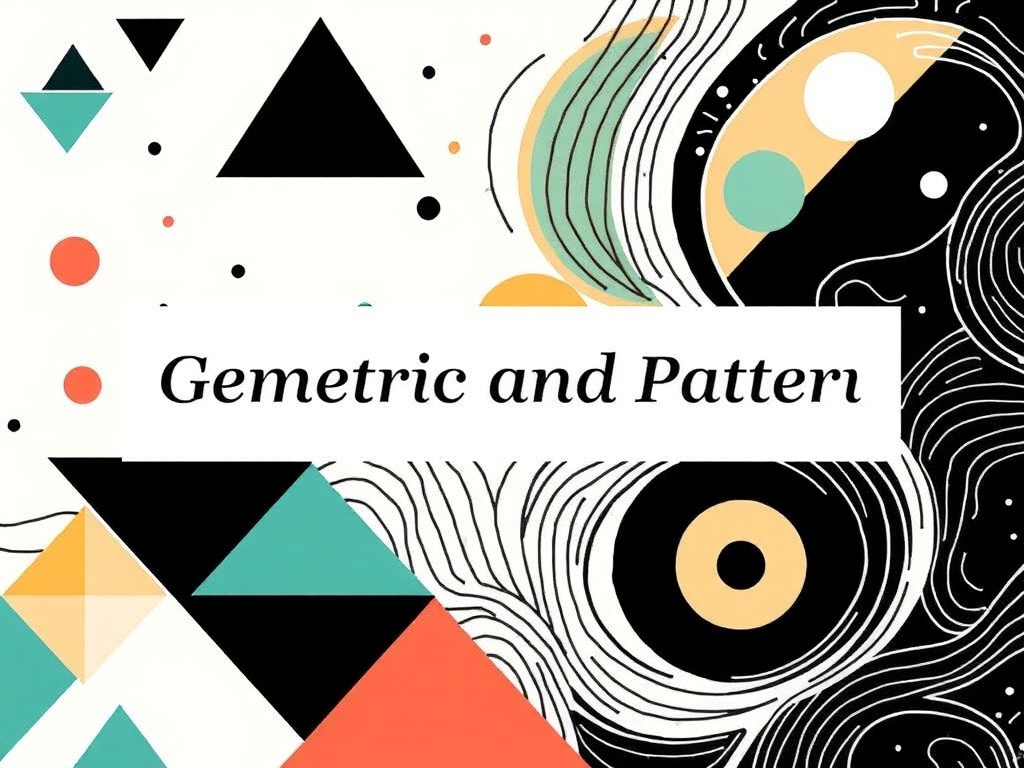
- Include squares, triangles, chevrons, grids, parallel lines.
- Combine geometry with floral dots to soften edges.
- Use net-like patterns (Jaal mehndi designs) across the foot to keep it airy.
They’re easier to replicate symmetrically and give a bold yet simple aesthetic.
Minimalist Feet Mehndi
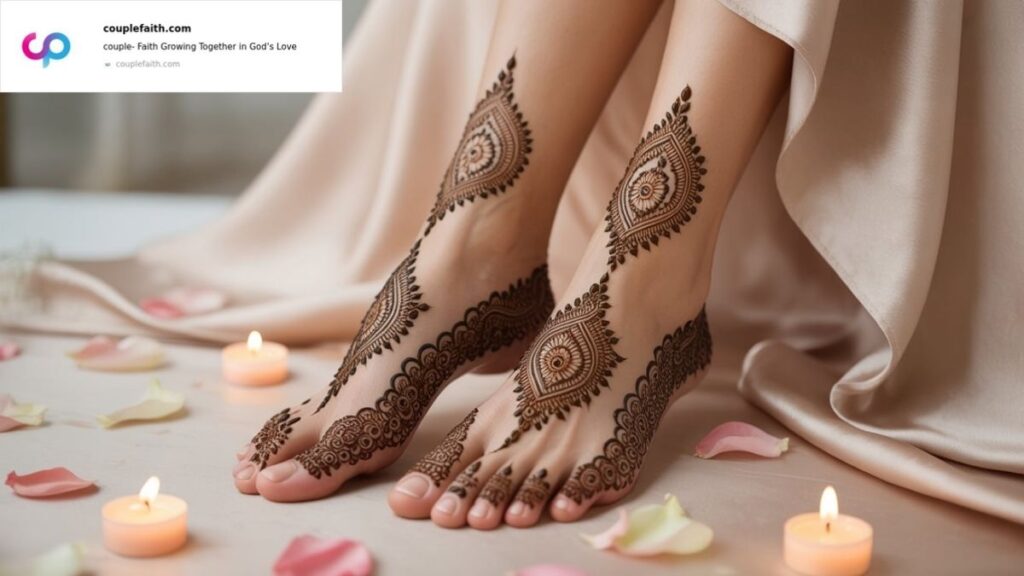
Minimalism is the new chic. These designs use very little ink but make a statement through negative space and fine lines.
- Tiny motifs: a dot cluster, small leaf, or single vine per foot.
- Toe accents: design only on big toe or outer toes.
- Ankle focus: decorate just around the ankle line.
Minimal mehndi is ideal for people who dislike heavy body art. Many brides now pick minimalist mehndi designs for a fresh, elegant touch.
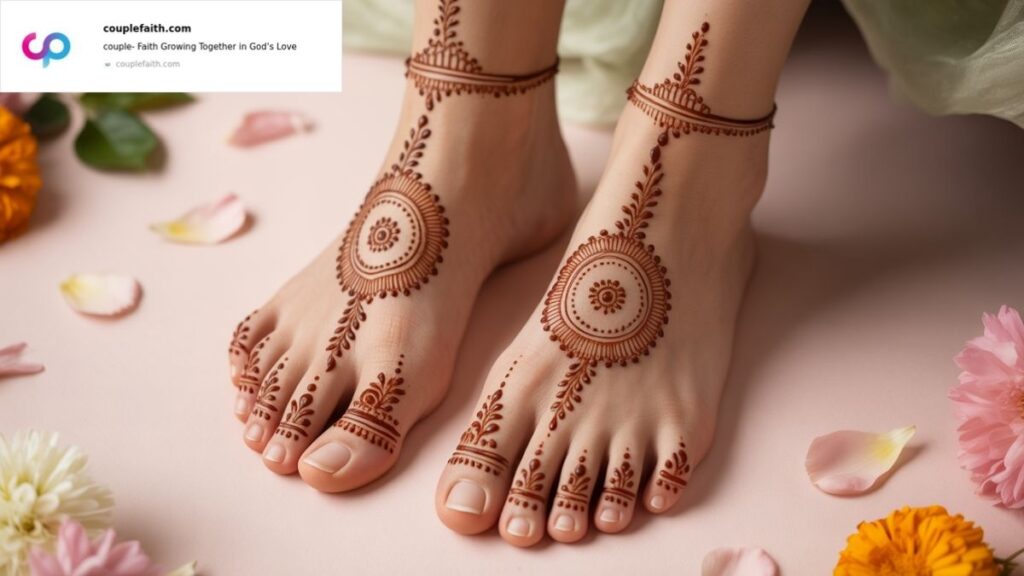
Mehndi Designs with Anklet Effect
Designs that mimic jewelry catch the eye gently. They trace the ankle line like a drawn anklet, sometimes linking to toes or feet.
- Use dotted chains, vine links, bead shapes, or tiny floral motifs.
- Perfect for brides who want bridal accessories without actual jewelry.
- Pair with anklet rings or toe rings to complete the look.
This style blends foot mehndi design with wearable decor seamlessly.
Lotus Motif Feet Designs
The lotus symbol carries meanings of purity, rebirth, and spiritual beauty. Including lotus in foot henna is both symbolic and elegant.
- Use lotus as central motifs and build simple patterns around them.
- Use open petals and spacing to keep it light.
- Works beautifully on brides who want traditional symbolism in mehndi patterns.
Full Leg to Feet Mehndi Designs
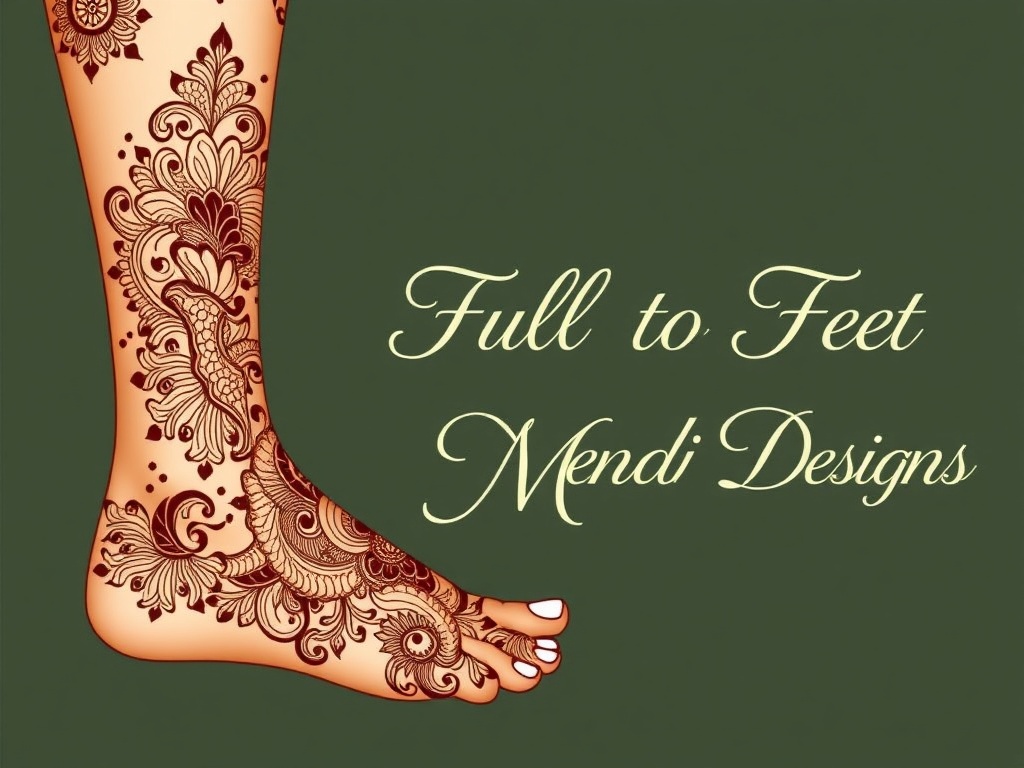
For brides wanting boldness, full-leg designs (covering feet to calf) remain popular. But we’ll simplify them keeping simple mehndi designs for feet in mind.
- Use consistent motifs—floral, geometric, mandala—so design flows.
- Keep edges clean; reduce filler to avoid smudging.
- Break pattern continuity near shoes to match the neckline.
Even in full designs, ground the foot portion with simpler, clear motifs.
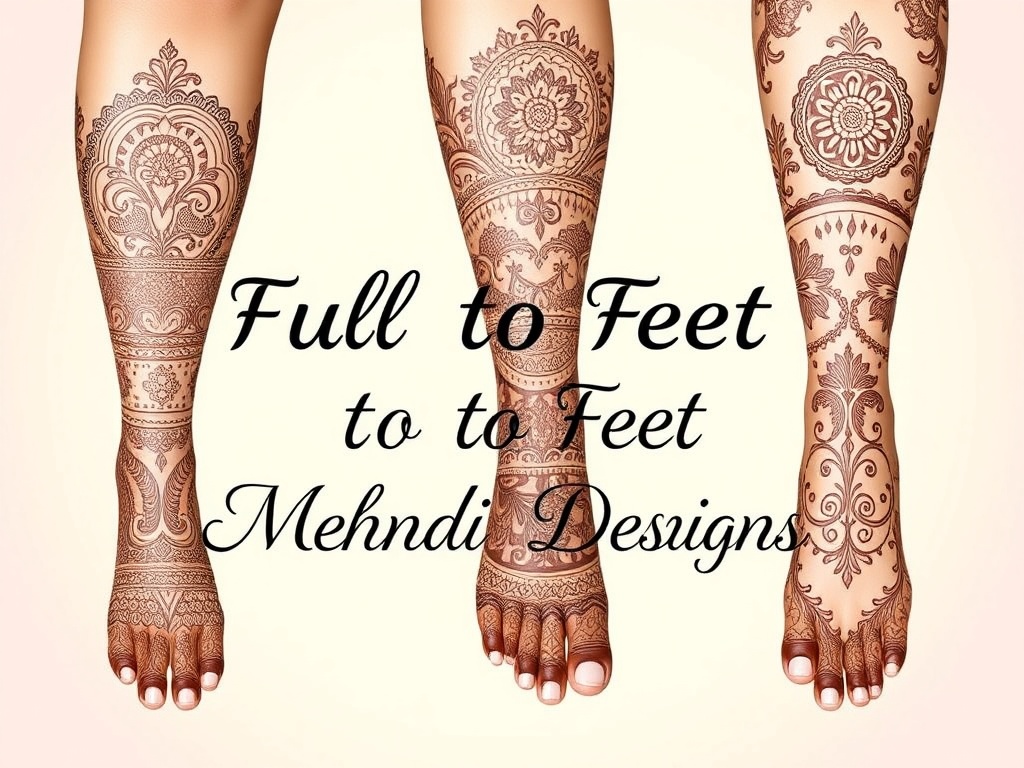
Elephant and Peacock Mehndi Designs
These motifs carry weight in traditional mehndi. Elephants and peacocks symbolize grace, strength, and cultural identity.
- Use peacock motifs on the sides or near the ankle, letting feathers trail.
- Use elephant motifs facing inward toward beaded bands or mandalas.
- In simple designs, include just the head or trunk rather than full body.
These motifs especially shine in bridal mehndi designs when integrated with floral cores.
Bel and Vine-Inspired Feet Mehndi
Leafy vines (Bel) wind elegantly around the foot. They’re flexible in shape and allow creative spacing.
- Start at the ankle and trail vines to toes or heel.
- Add tiny dots or leaflets to accent curvature.
- Where spacing is needed, leave gaps or minimal filler.
These designs adapt well to toe jewelry or anklet effects too.
Open Space (Negative Space) Designs
Open-space designs are trending for their airy, breathable look.
- Use negative spacing: leave portions of the skin untouched to highlight patterns.
- Focus the design only on certain areas—center, sides, or heels.
- Use light filigree, spaced dots, or outlines rather than full shading.
This approach keeps the design simple and modern.
Backside Foot Mehndi Designs
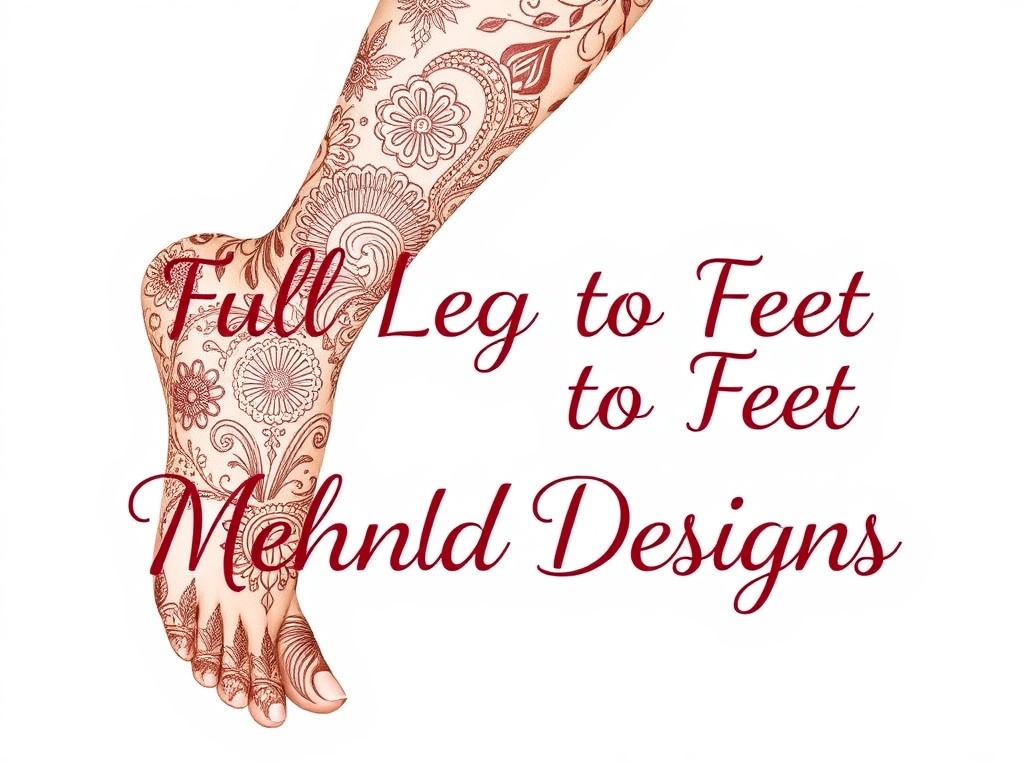
The back of the foot—heel to ankle—is often overlooked but can offer a subtle canvas.
- Use vine trails, floral bands, or connecting lines.
- Good for showing off with heels or open-back footwear.
- Keep designs narrow to avoid interference with movement.
This gives another option beyond just the top of the foot.
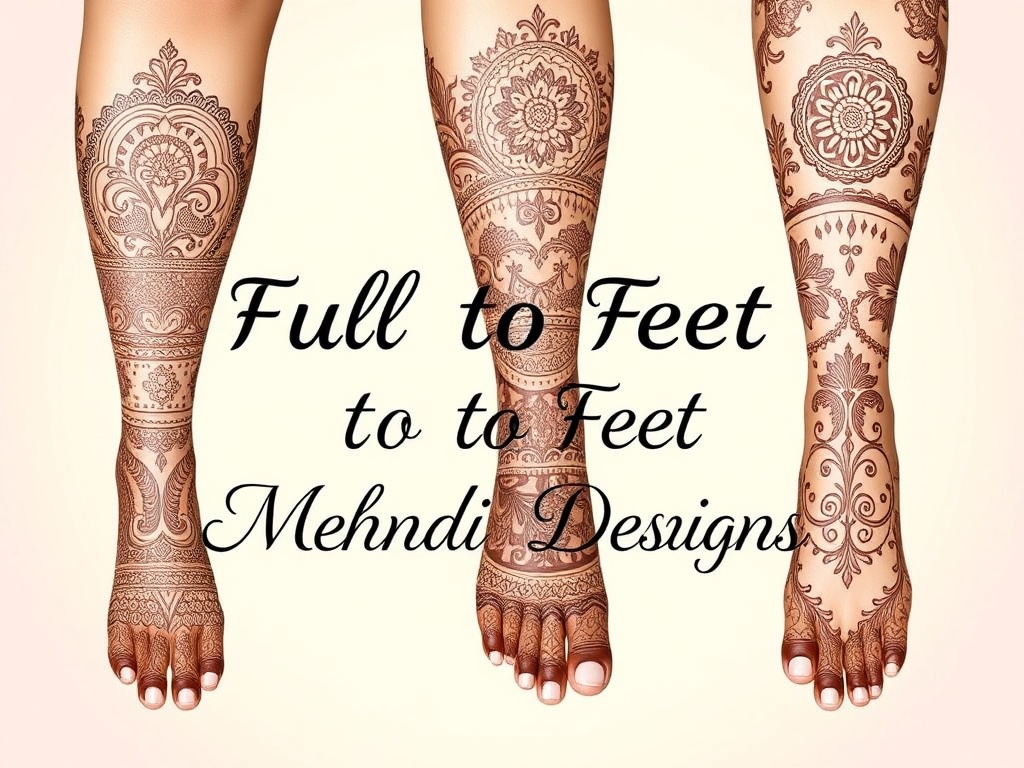
New Trend: Sole Mehendi (On the Bottom)
A bold trend: apply mehndi to the sole of the foot. Recently, Bollywood star Hina Khan popularized “sole mehendi,” putting large floral motifs and grids on the foot bottom.Designs here must be simple and durable (walking smudges easily).
- Use thick outlines, robust motifs, mandalas, or peacock shapes.
- Great for bride photo shots or surprise detail.
Sole mehndi gives you a new canvas—you can go minimal or bold based on comfort.
Easy Step-by-Step Tips for Applying Mehndi on Feet
Making these designs look clean requires technique. Here’s a stepwise method:
- Prepare the skin: Exfoliate gently; wash and pat dry.
- Patch test: Always test on a small area to rule out irritation.
- Use quality paste: Fresh, natural henna gives better mehndi stain.
- Use fine cones: For line work, your cone tip should be very narrow.
- Maintain posture: Sit comfortably so your foot is stable while applying.
- Start from major motifs: Place flowers, mandalas, or anchor shapes first.
- Fill gradually: Move to vines, dots, and filler motifs.
- Dry slowly: Let the mehndi dry naturally for as long as possible.
- Seal & wrap: Use a lemon-sugar mixture or light wrapping to protect.
- Remove & moisturize: Scrape off, don’t scrub; apply coconut oil or balm.
Using these steps ensures cleaner lines and a deeper color.
Maintenance & Longevity Tips for Feet Mehndi
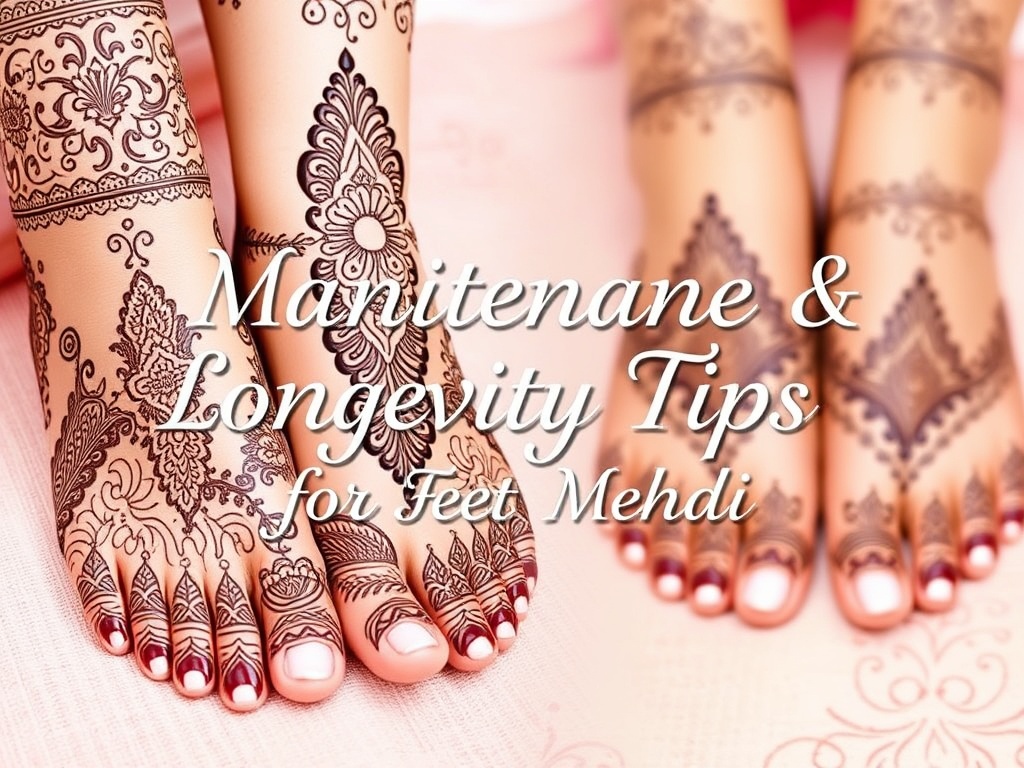
After applying, you want the design to last and show beautifully. Here’s how:
- Avoid water for the first 24 hours.
- Use lemon-sugar mix to seal and deepen stain.
- Apply natural oils (coconut, mustard, or tea tree) to maintain warmth.
- Keep feet warm—heat helps deepen the mehndi color.
- Avoid friction (tight shoes, heavy walking) for two days.
- Moisturize daily to prevent flaking.
These tips help preserve color and detail in your feet ‘mehndi designs.
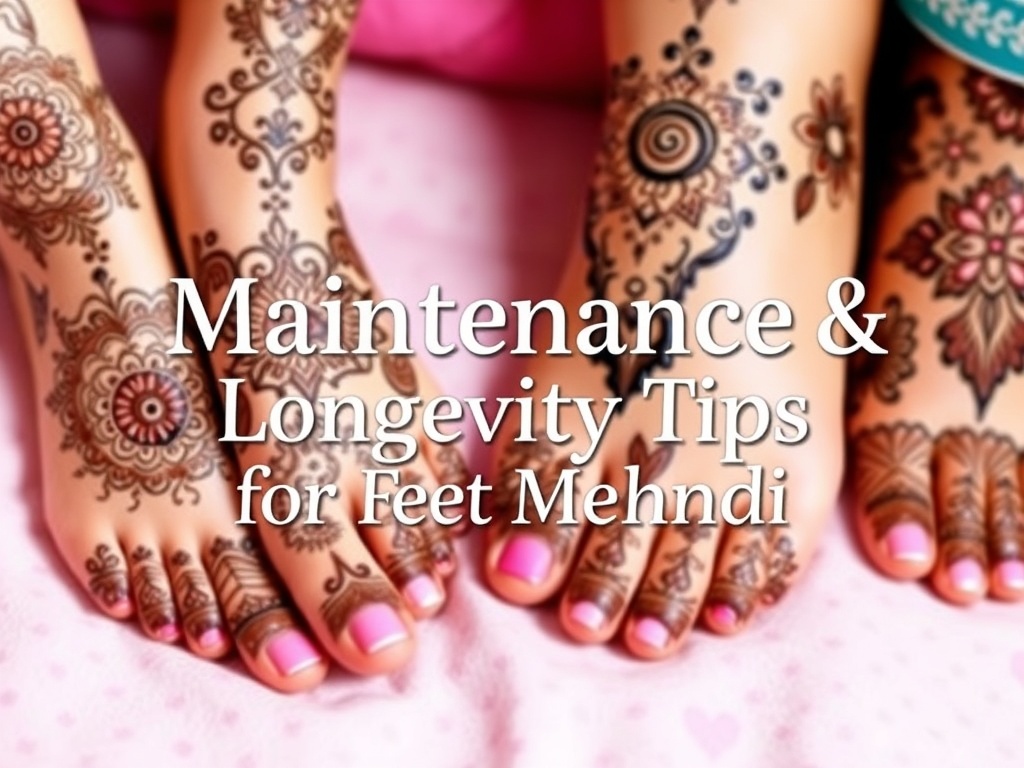
Mehndi Design Ideas for Different Occasions

Matching design style with occasion ensures the mehndi feels appropriate.
| Occasion | Suggested Style | Why It Works |
| Bridal / Wedding | Peacock, mandala, full-leg with floral + elephant | These motifs carry rich symbolism and show well in photos |
| Festive (Eid, Karvachauth) | Floral, lotus, anklet effect | Elegant yet manageable for shorter sessions |
| Casual / Party | Minimal, open-space, toe accents | Lightweight, stylish, easy to apply |
| Kids & Beginners | Tiny florals, dots, vine trails | Less time, safer, fun and cute |
Even on a wedding day, many brides choose simple mehndi designs for feet to avoid smudging or discomfort.
Common Mistakes to Avoid
Even expert artists slip up. Learn from these common errors:
- Overcrowding with details that smear together
- Using old or dried-up mehndi paste
- Skipping a patch test (for allergies)
- Rushing the drying or sealing process
- Wearing shoes too early and smudging fresh art
- Neglecting aftercare (which leads to weak stain)
Avoid these, and your foot mehndi design will stay crisp and beautiful.
Case Study: A Bride’s Foot Mehndi Journey
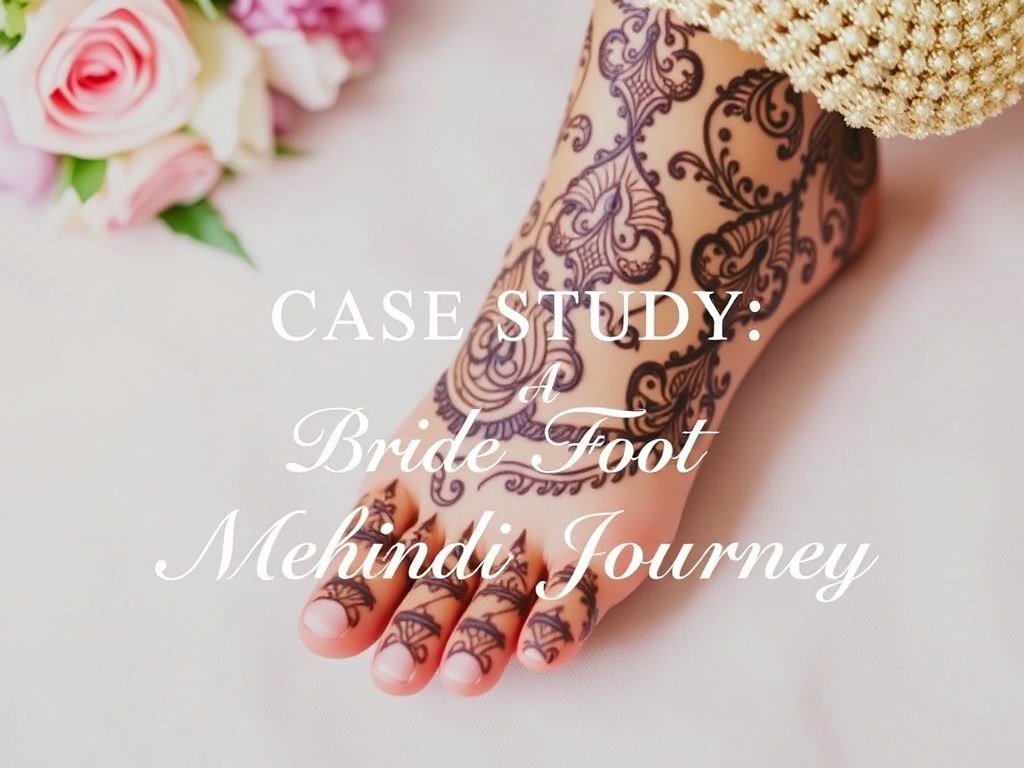
Background
Sara, a bride in Lahore, wanted a subtle but elegant foot mehndi for her wedding. She disliked heavy, dense designs and wanted something wearable, comfortable, and photograph-friendly.
Design Plan
- Core motif: Lotus at mid-foot
- Anklet effect around ankle
- Light vine trails toward toes
- One peacock feather on the side of each foot
Execution
- Artist used fresh natural henna
- Began with lotus motif to fix positioning
- Left negative spaces and avoided filler
- Sealed with lemon-sugar wrap for 2 hours
- Sara avoided water and wore loose footwear
Result
Her mehndi developed a deep russet stain that lasted 10 days. The negative space made the lotus motif pop, especially in bridal photos with sandals. She reported little smudging and high compliments from guests.
This shows how simple mehndi designs for feet can be bridal-ready yet low-risk.
Conclusion
The Latest Simple Mehndi Designs for Feet bring together beauty, culture, and creativity in the most elegant way. They make your feet look graceful while keeping the design light and stylish. From floral patterns to anklet-inspired art, these designs add charm to any outfit and suit every occasion.
Choosing the Latest Simple Mehndi Designs for Feet means embracing tradition with a modern touch. They’re easy to apply, quick to dry, and look stunning in photos. Whether for a wedding or a festive day, these designs make every step look more beautiful.
FAQs
What are the latest simple mehndi design trends for feet in 2025?
In 2025, floral vines, mandala patterns, minimalist anklet designs, and open-space styles are trending for feet mehndi.
How long do simple mehndi designs for feet usually last?
They typically last 7 to 14 days, depending on skin type, paste quality, and aftercare.
Which mehndi type gives the darkest stain on feet?
Natural henna made from fresh leaves provides the deepest and safest stain compared to chemical or black henna.
Can I apply mehndi on my feet by myself at home?
Yes, you can. Use fine-tipped cones and follow simple patterns like vines or mandalas for neat results.
What’s the best time to apply mehndi before an event?
Apply mehndi 24 hours before the event to allow full color development and avoid smudging.
